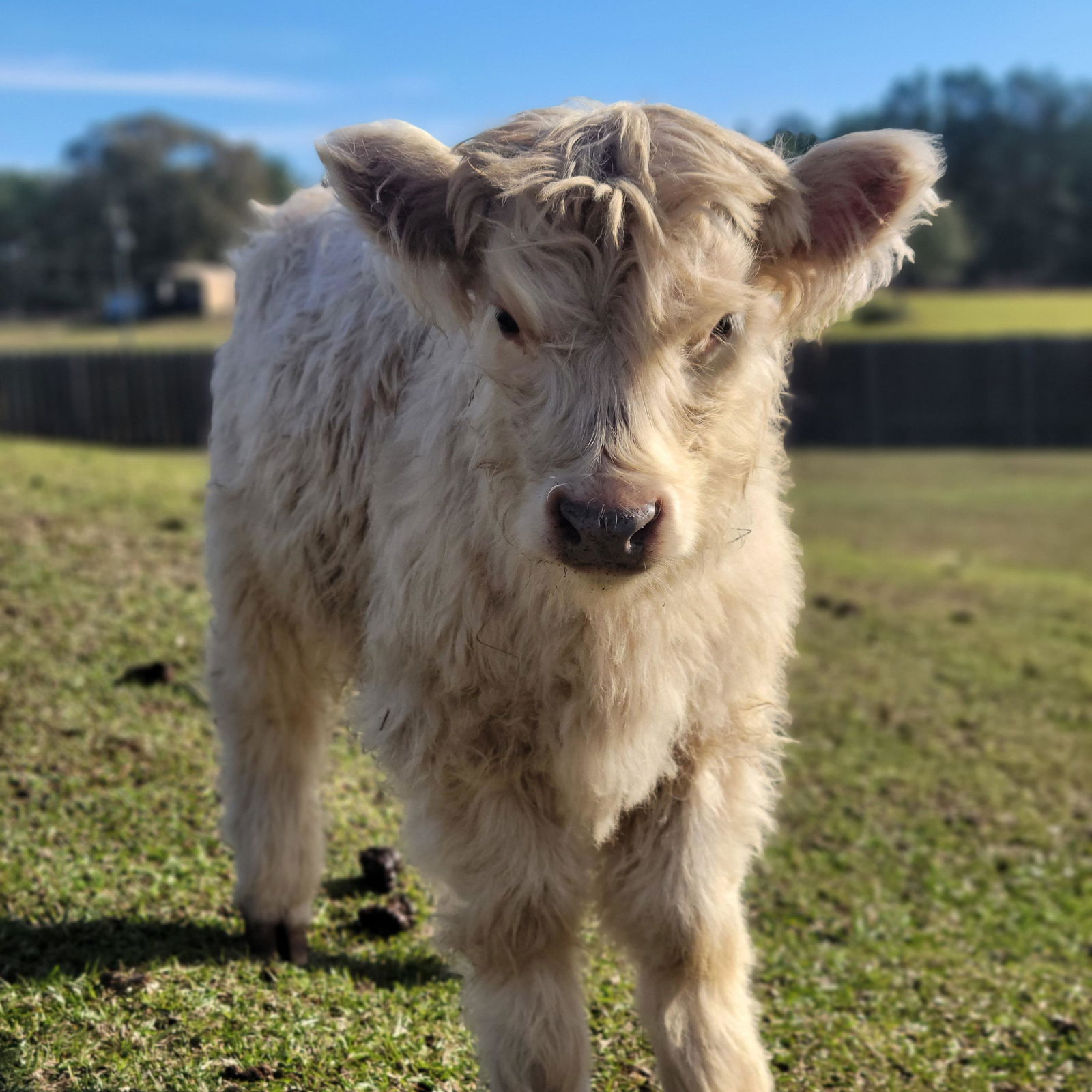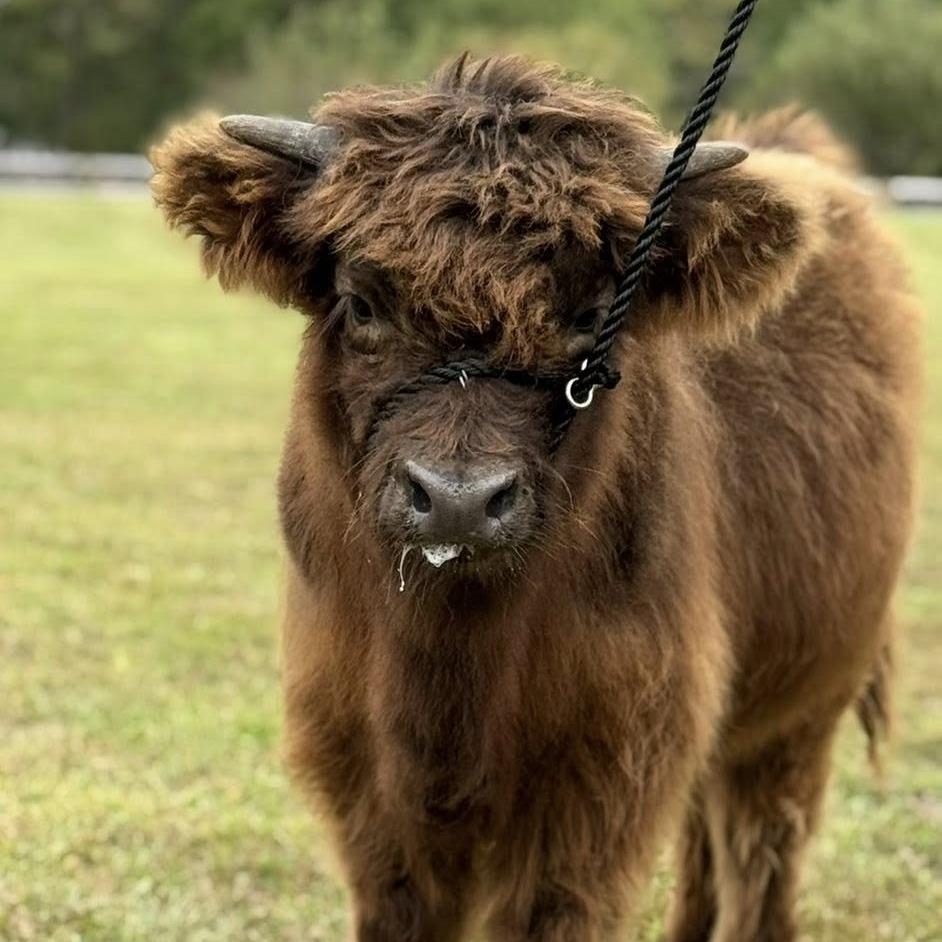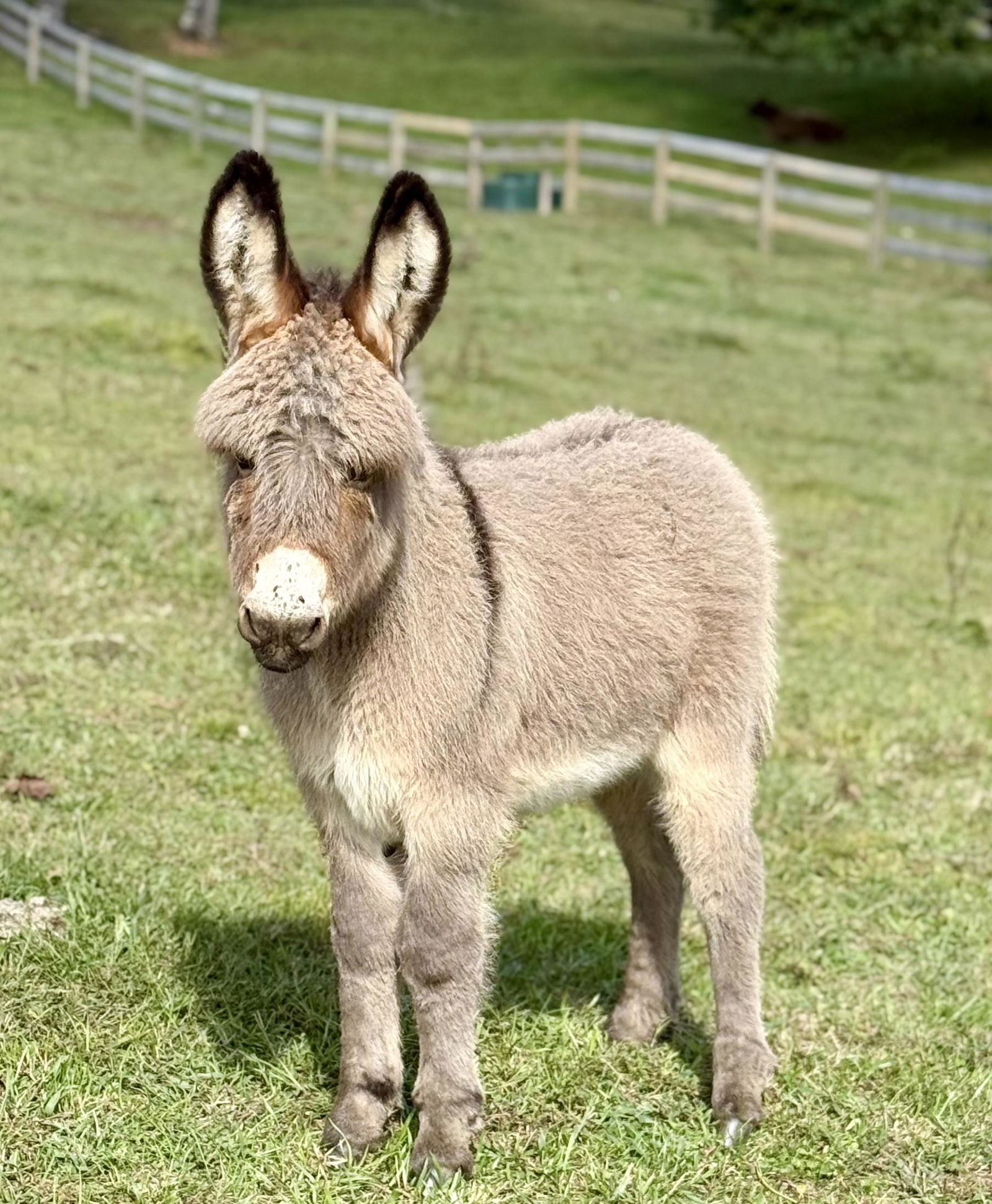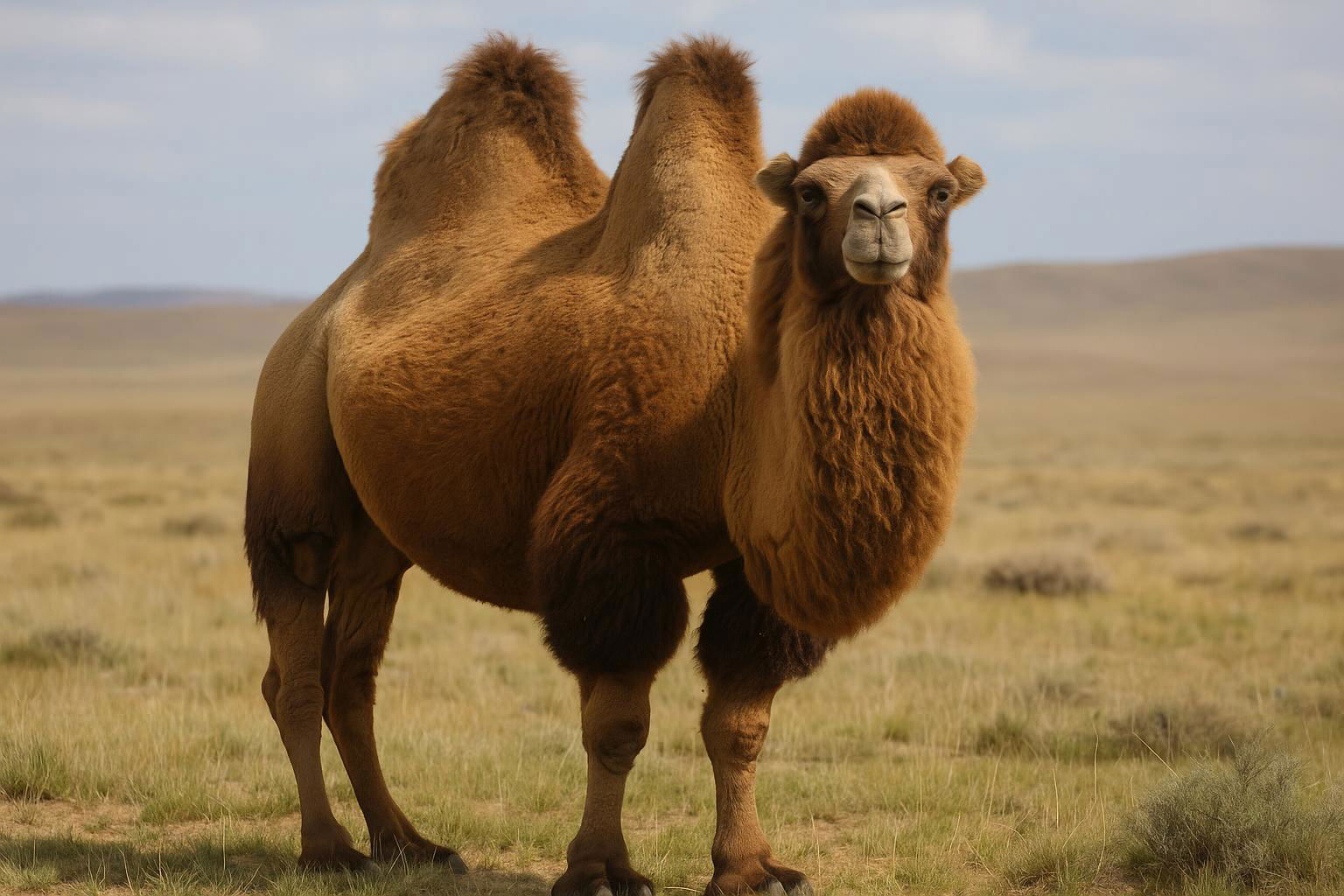
Bactrian Camel
Camelus bactrianus
The Bactrian Camel (Camelus bactrianus) is a remarkable and resilient species well-adapted to some of the harshest environments on Earth, primarily found in the steppes and desert regions of Central Asia. Distinguished by its two large humps, the Bactrian Camel is adept at storing fat, which it can metabolize into water and energy when food and water sources become scarce—a vital survival trait in arid climates. These camels have a thick, shaggy coat that provides insulation against the extreme cold of winter, which they shed to adapt to the sweltering summer heat. Adult Bactrian Camels typically stand around 6 feet at the shoulder and can weigh between 1,300 and 2,200 pounds. They possess broad, cushioned feet that help them traverse diverse terrains, from sand dunes to rocky landscapes. Known for their endurance, Bactrian Camels play a vital role in the livelihoods of nomadic herders, serving as pack animals and a source of milk, wool, and meat. Despite their long history of domestication, wild populations, known as Wild Bactrian Camels, still exist but are critically endangered, making conservation efforts essential for their survival.
Colors: Brown, Dark Brown, Light Brown, Black, Reddish-Brown, White
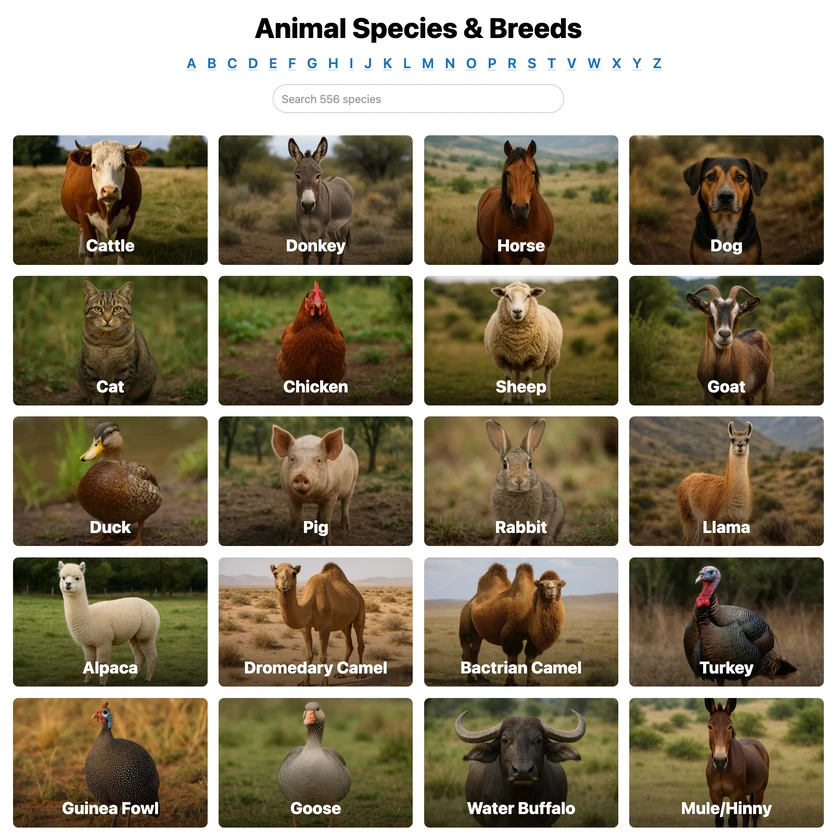 All Species & Breeds
All Species & Breeds
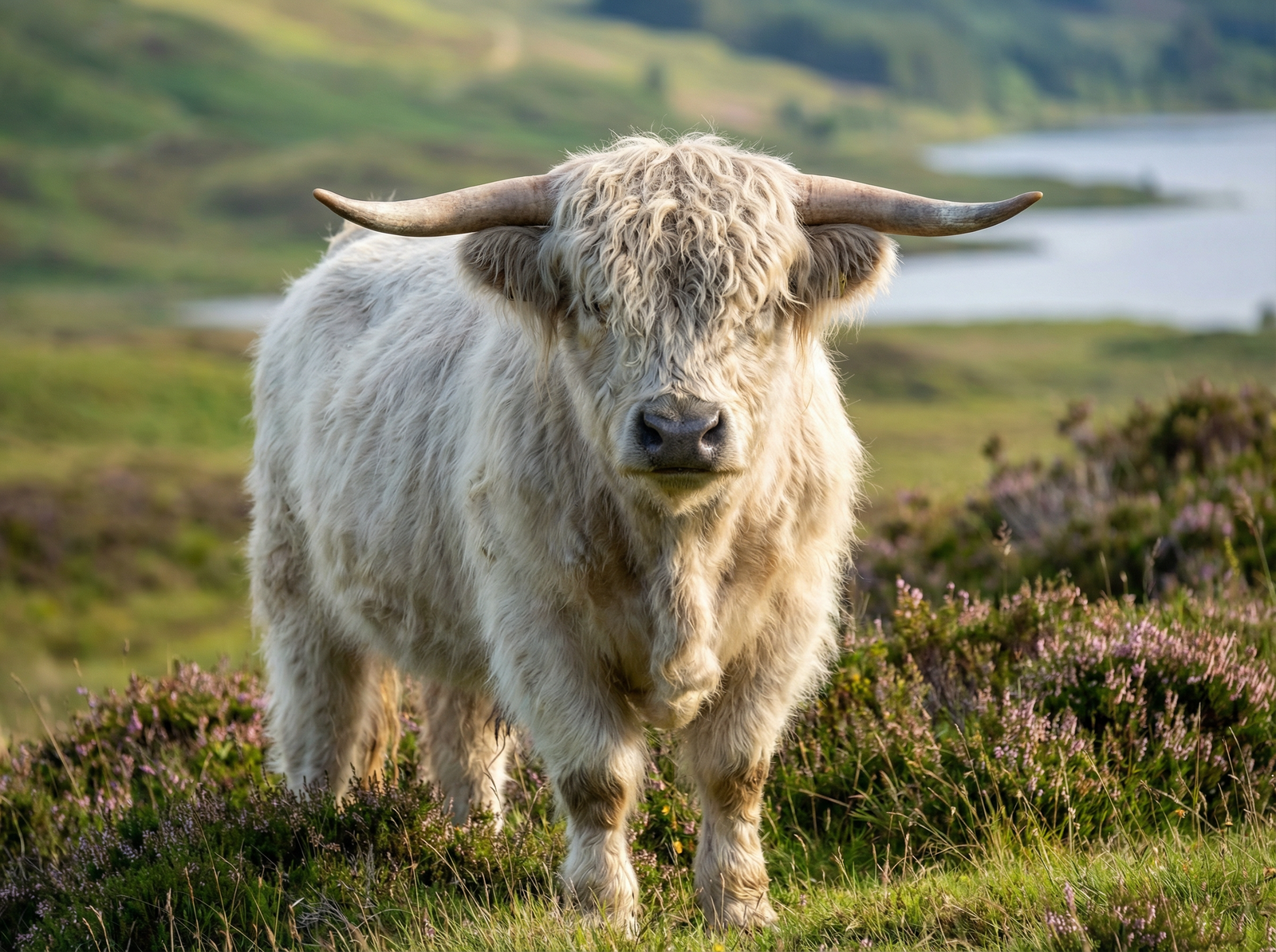 Highland Cattle
Highland Cattle
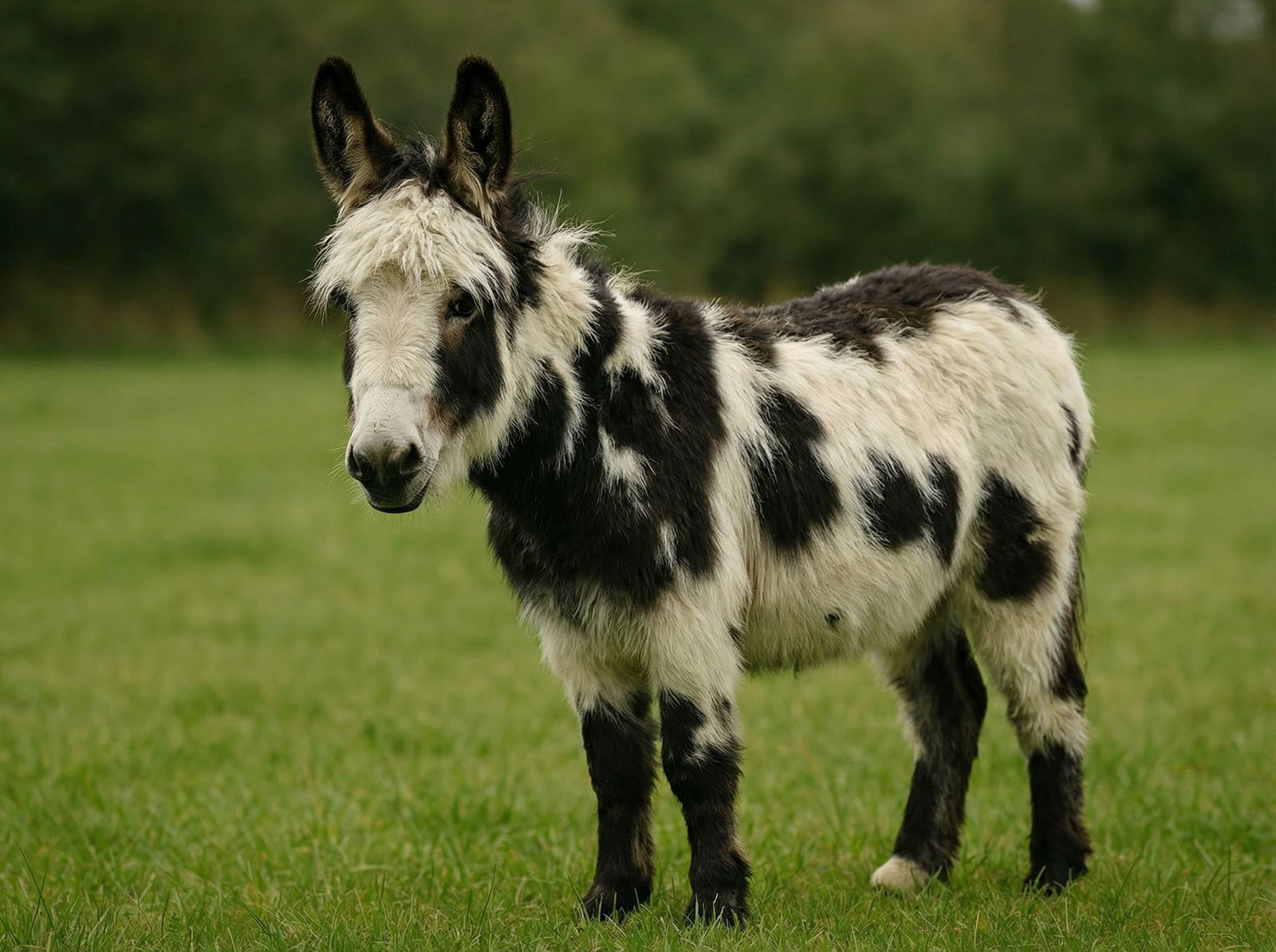 Miniature Donkeys
Miniature Donkeys
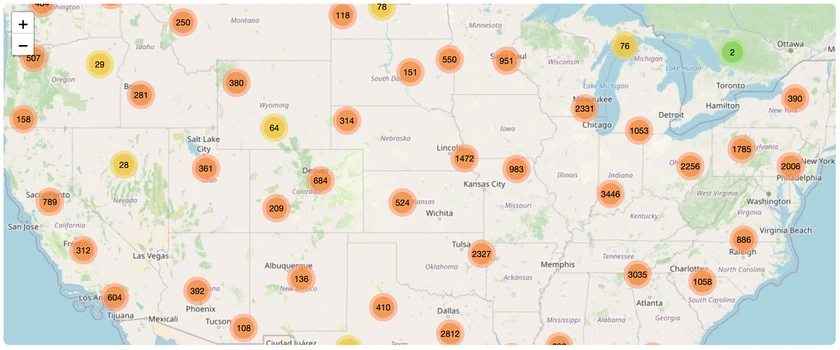 All Species Directory
All Species Directory
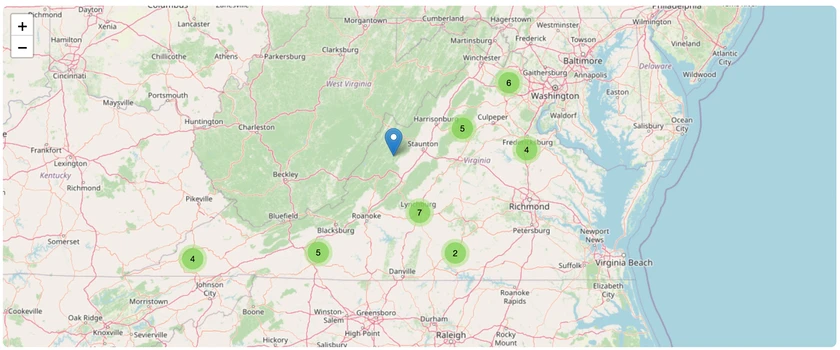 Highland Cattle in Virginia
Highland Cattle in Virginia
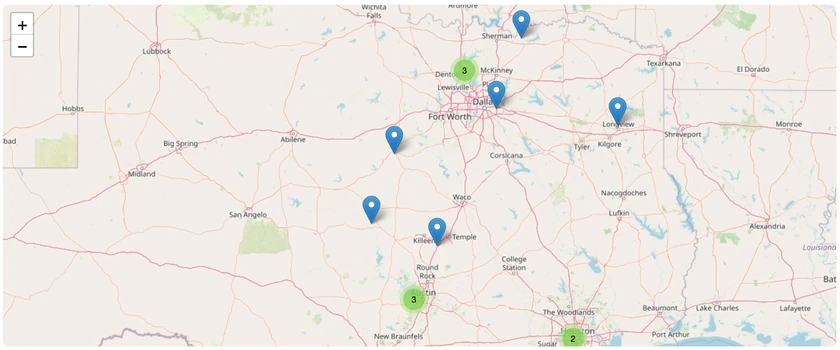 Miniature Donkeys in Texas
Miniature Donkeys in Texas
